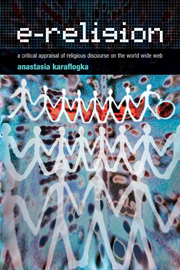7 - Conclusions
Summary
“By changing space, by leaving the space of one's usual sensibilities, one enters into communication with a space that is psychically innovating… For we do not change place, we change our nature”.
Gaston Bachelard 1969, 206Most people have a favourite place, a place that evokes powerful and distinct feelings. For some, such a place may be one that feels timeless; that has a special significance; that is exciting, adventurous and peaceful all at once; a place in which, and most importantly, one can experience a sense of belonging and a sense of connection. Places have an identity which is subject both to their natural and distinct characteristics and to the discursive practices of their inhabitants/visitors.
ICTs in general, and the Web in particular, have become the favourite place of many people; they have been seen as the ultimate place for the manifestation of true democracy; the empowerment of all; the inclusion of all; for citizens from any corner of the world to exercise their right of free speech; humanity to be freed from the constraints and the control of time and distance; the world's inhabitants freely to communicate with each other creating a “global village”. Do these claims reflect the reality of ICTs?
Although there was no central question that this study had to answer, there were some preconceived ideas and assumptions that my involvement with ICTs, prior to this work, had generated.
- Type
- Chapter
- Information
- E-ReligionA Critical Appraisal of Religious Discourse on the World Wide Web, pp. 199 - 206Publisher: Acumen PublishingPrint publication year: 2007

